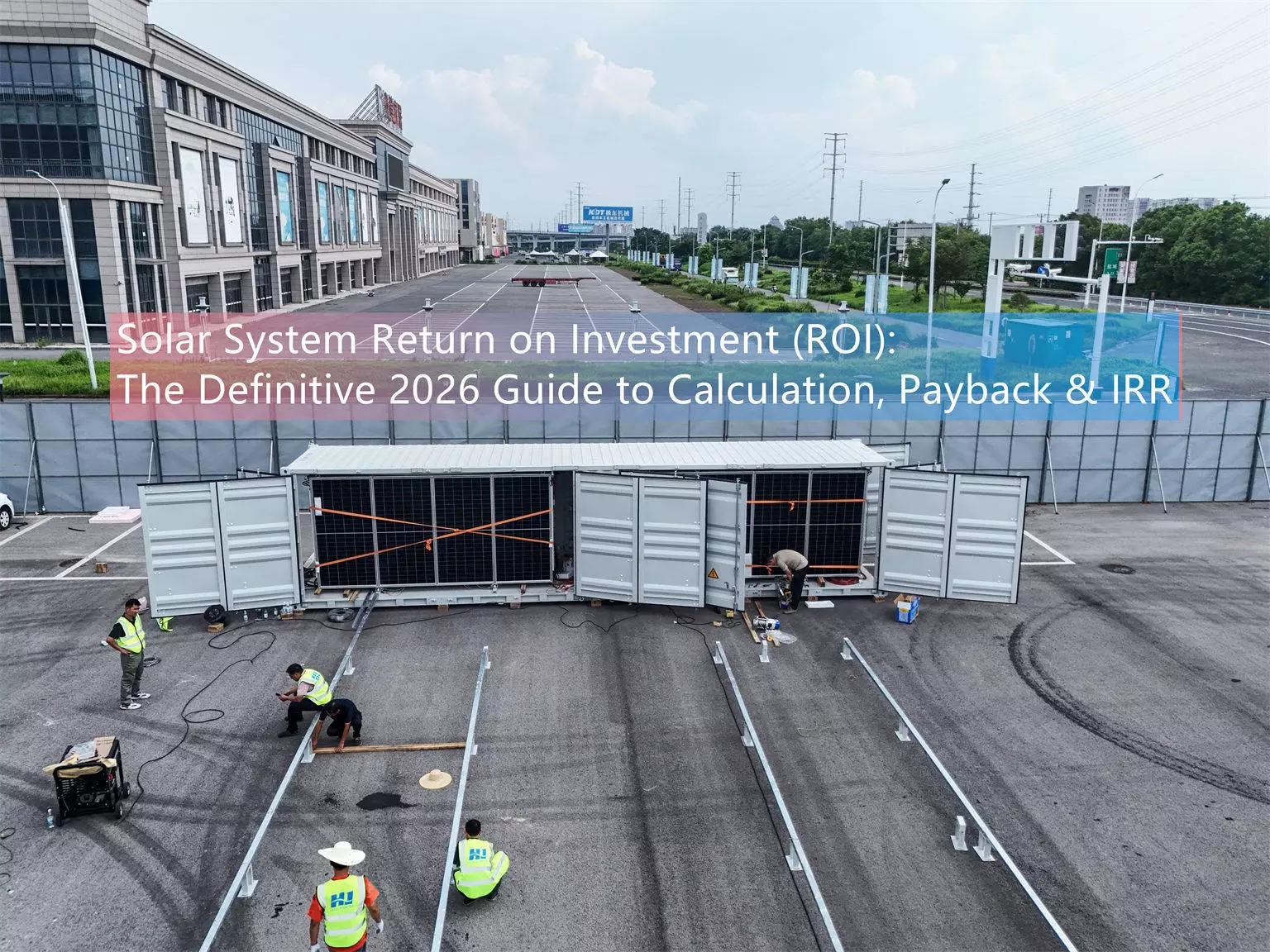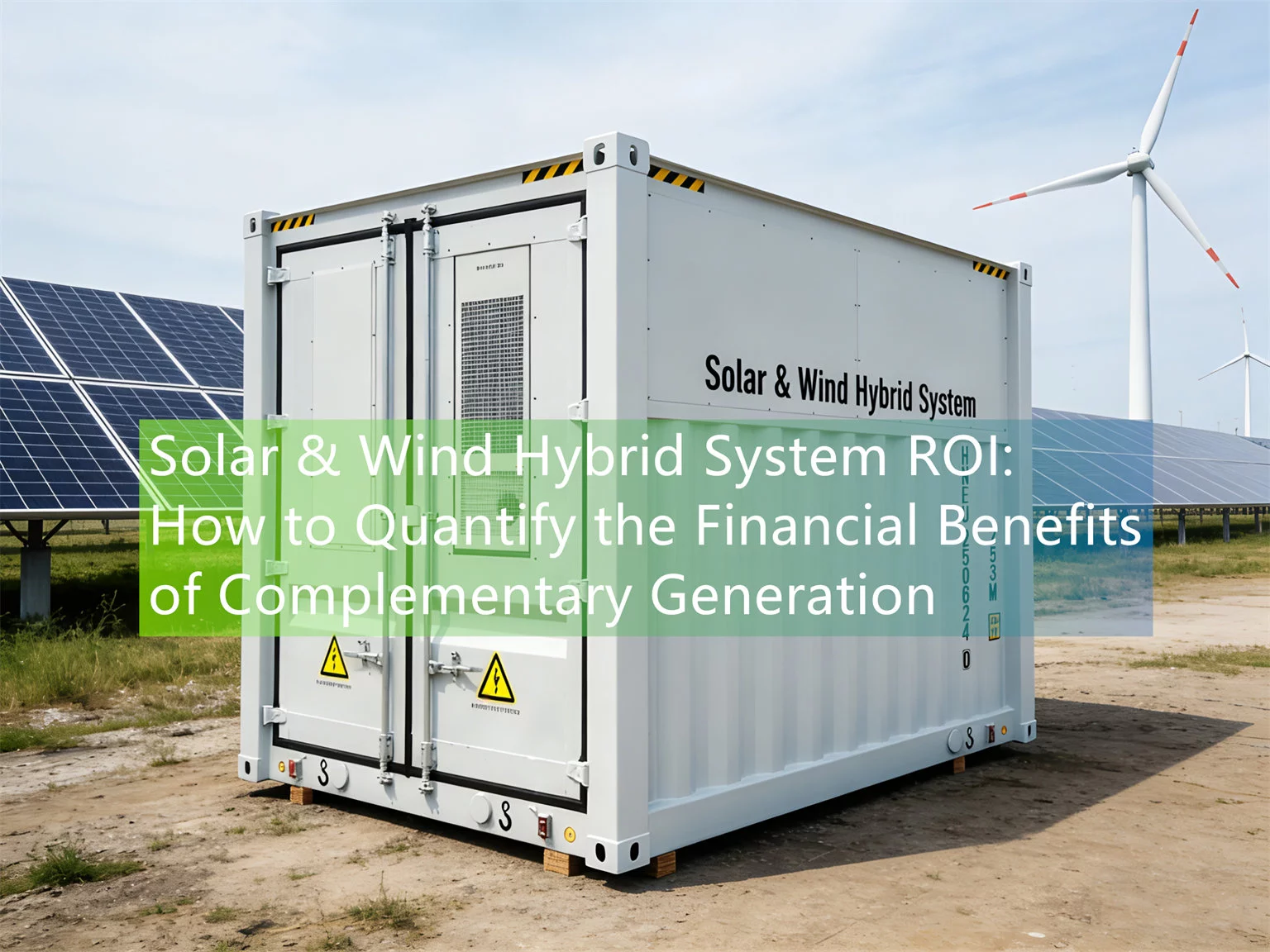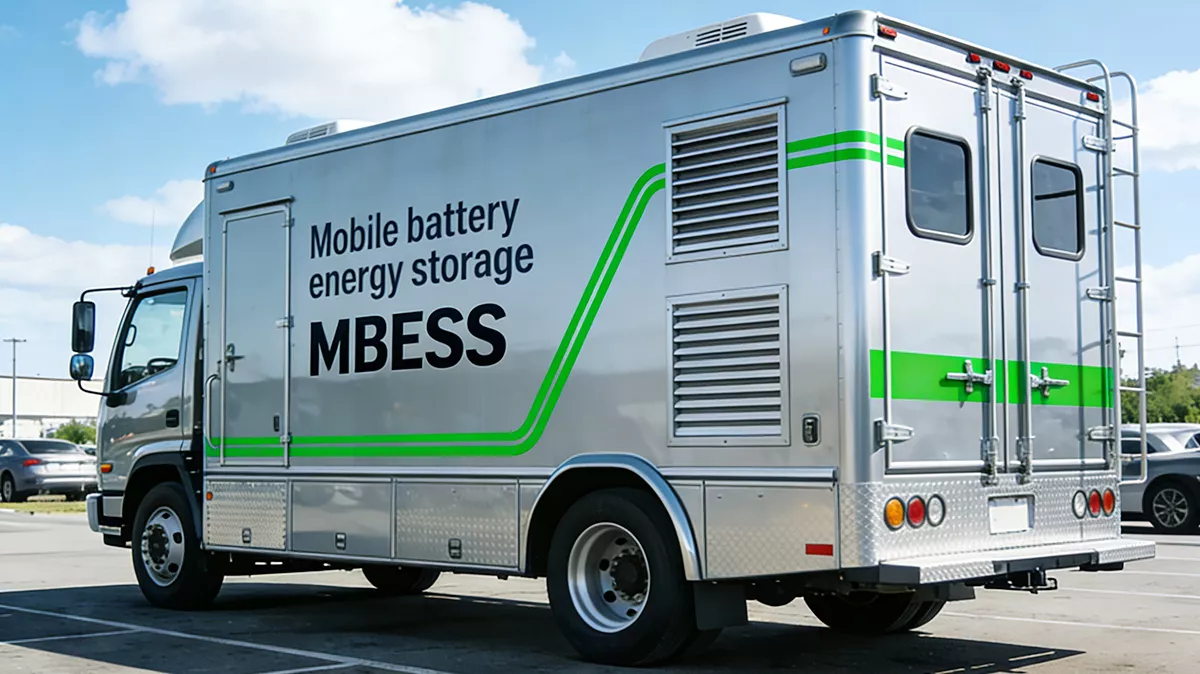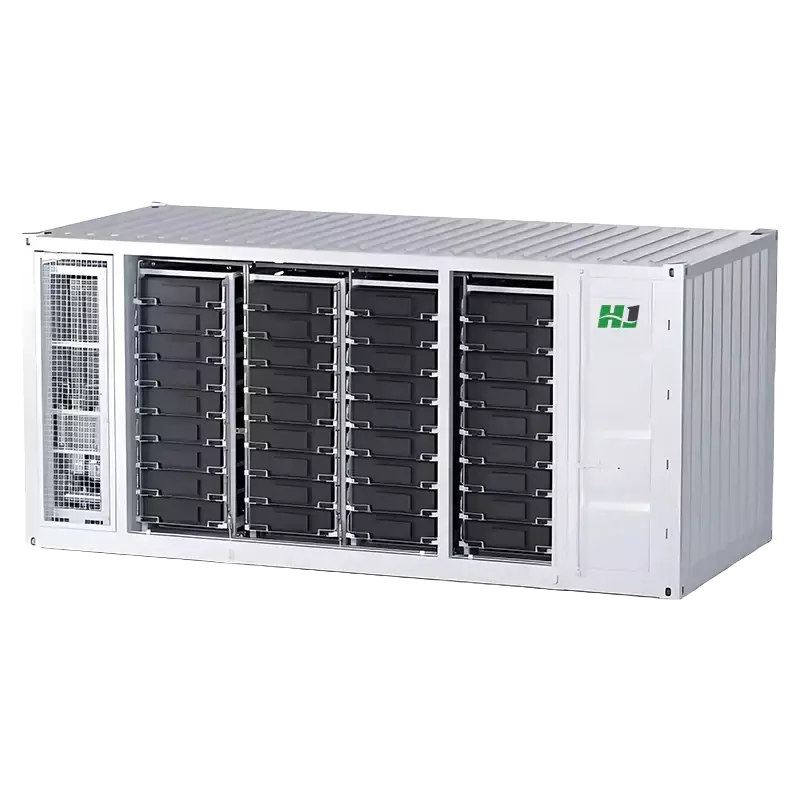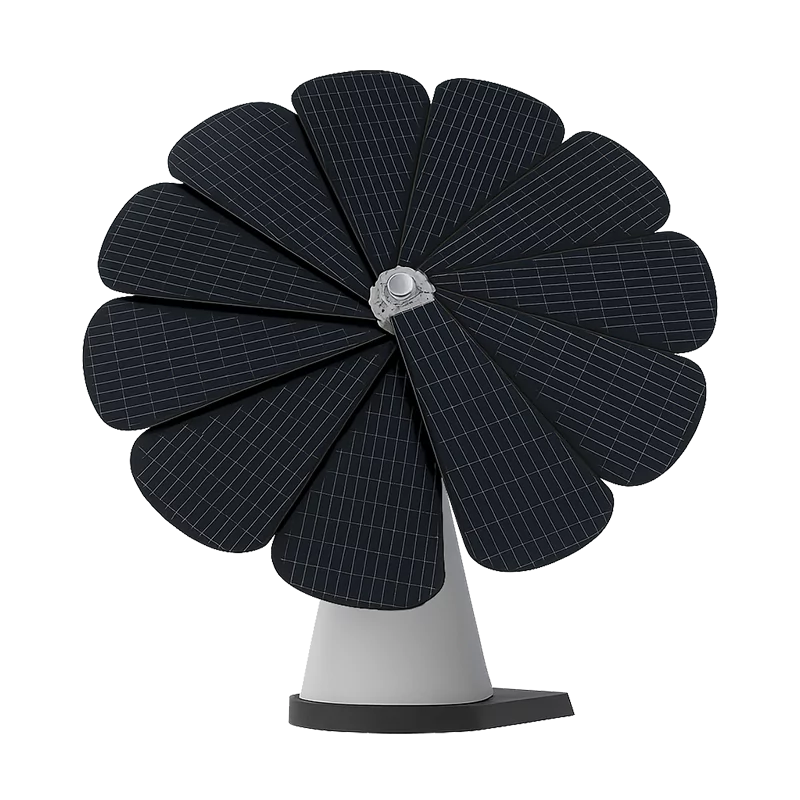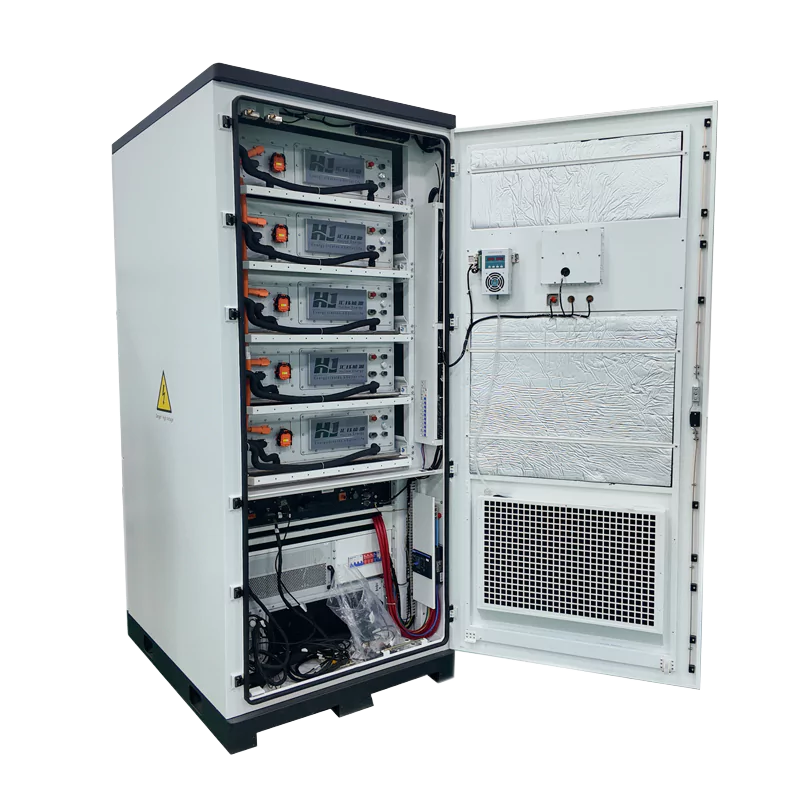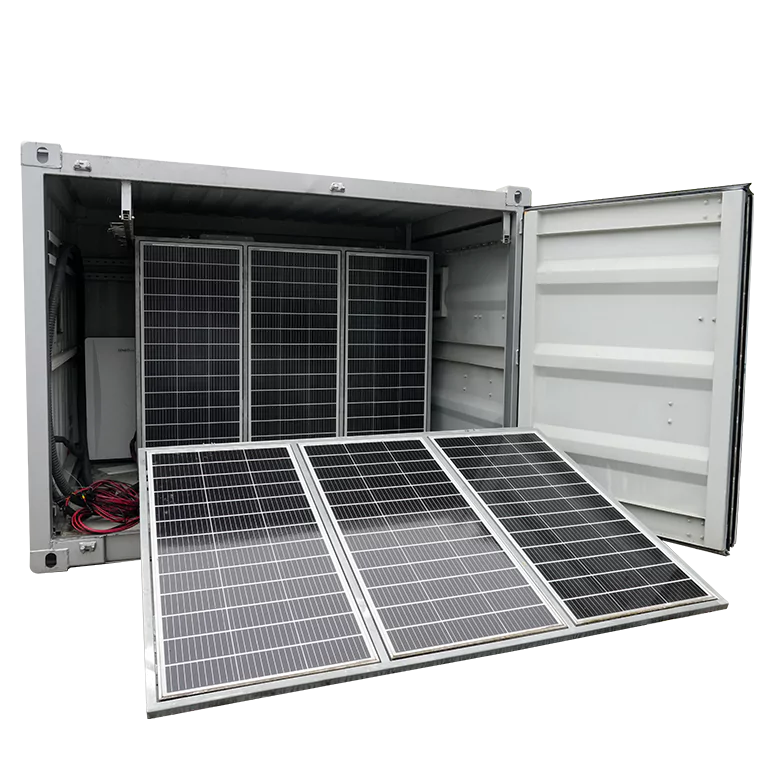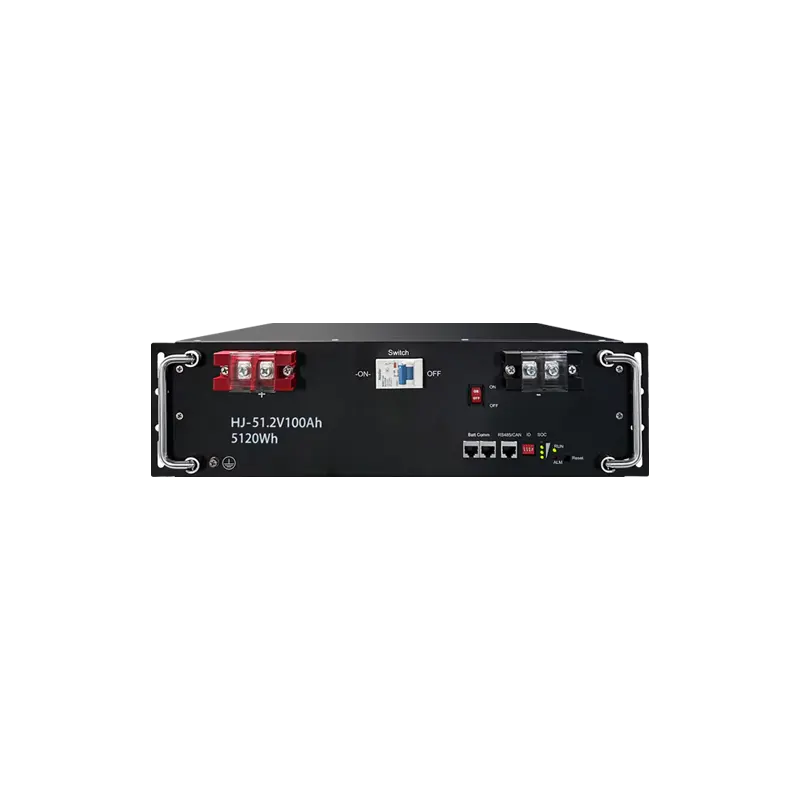China BTS SOLAR Grid Peak Shaving Storage: Cut Costs & Carbon in Commercial Buildings
Introduction: The Urgent Need for Smarter Energy Management
Modern commercial buildings, especially in dense urban centers, face a dual challenge: soaring energy costs driven by peak demand charges and increasing pressure to reduce carbon footprints. Technologies like Combined Cooling, Heating, and Power (CCHP) systems enhance efficiency, but integrating them with China BTS SOLAR – Grid Peak Shaving Energy Storage solutions unlocks unprecedented levels of grid resilience, cost savings, and sustainability. This article explores how this powerful combination, exemplified by projects like a landmark Chicago retrofit achieving carbon certification, is transforming commercial energy strategies.
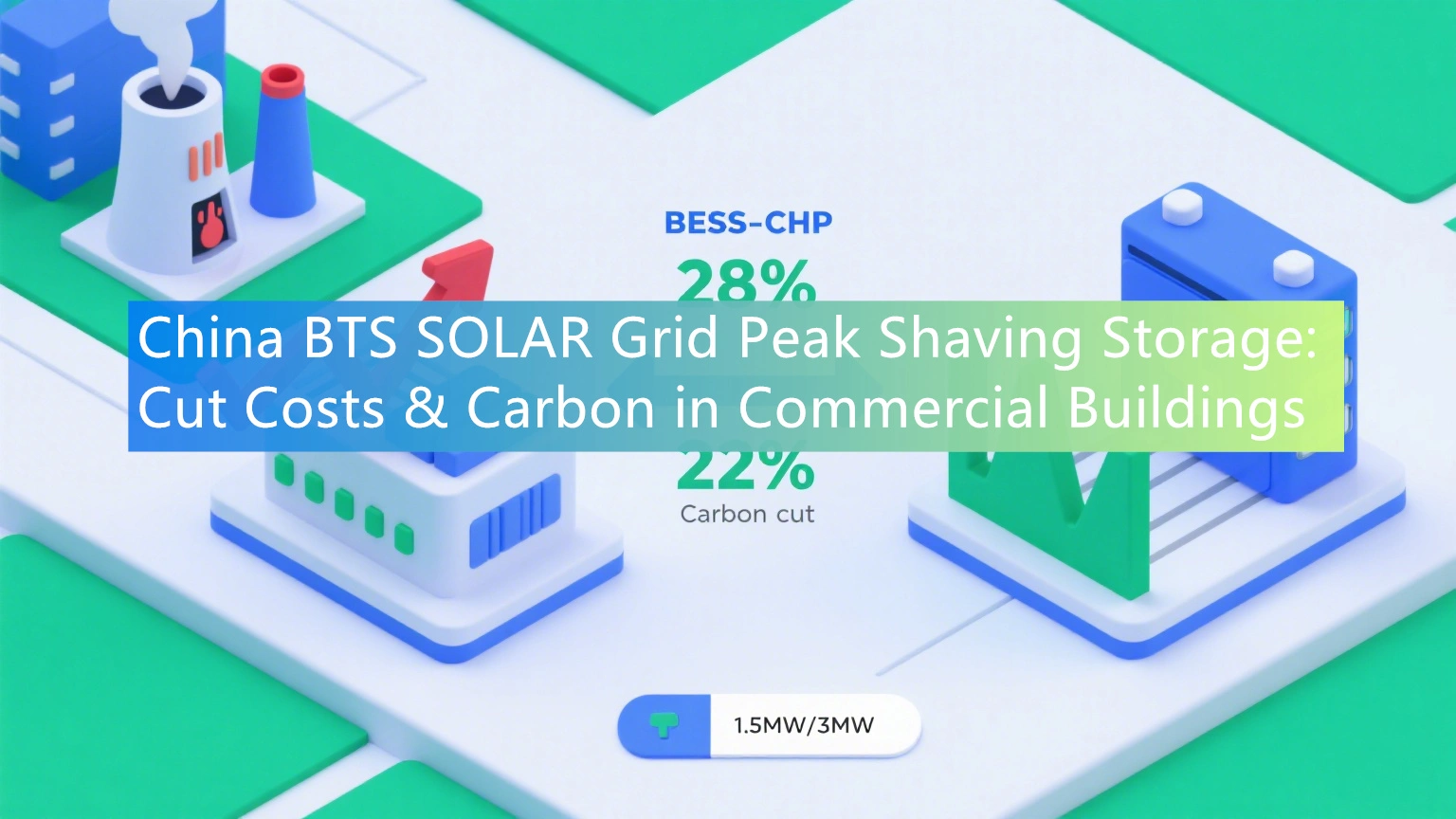
What is China BTS SOLAR – Grid Peak Shaving Energy Storage?
Core Function & Technology
China BTS SOLAR – Grid Peak Shaving Energy Storage refers to advanced Battery Energy Storage Systems (BESS), often utilizing Lithium Iron Phosphate (LFP) chemistry, specifically designed for Behind-The-Meter (BTM) commercial and industrial (C&I) applications. Its primary function is Grid Peak Shaving: charging during off-peak hours (when grid electricity is cheap and clean) and discharging during peak demand periods (when electricity is expensive and often generated by less efficient, higher-emission peaker plants). This directly reduces peak demand charges levied by utilities and alleviates stress on the local grid.
Key Technical Characteristics
- High Energy Density & Scalability: Containerized or modular designs allow for flexible capacity (hundreds of kWh to multi-MWh) tailored to building load profiles.
- Intelligent Energy Management Systems (EMS): Sophisticated software predicts building load, grid pricing signals, and solar generation (if present) to optimize charge/discharge cycles for maximum economic and grid-supportive benefit.
- Fast Response & High Round-Trip Efficiency (RTE): Instantaneous response to grid events or load shifts, with modern systems achieving RTE >92%, minimizing energy loss during cycling.
- Safety & Longevity: Robust Battery Management Systems (BMS), thermal management, and UL-certified LFP cells ensure safety and long operational life (often 10+ years or 6000+ cycles at 80% Depth of Discharge).
- Grid Services Capability: Increasingly, these systems can provide ancillary services like frequency regulation, further enhancing their value proposition.
Synergy in Action: CCHP + Peak Shaving BESS + Carbon Certification
Enhancing CCHP Efficiency
CCHP systems generate electricity on-site (typically using natural gas turbines or engines) and capture waste heat for heating and cooling. While efficient, their electrical output is often constant, while building demand fluctuates. Grid Peak Shaving Energy Storage acts as a dynamic buffer:
- Load Following: The BESS absorbs excess CCHP generation during low building demand and discharges it during high demand, maximizing CCHP utilization and avoiding inefficient grid imports at peak times.
- Optimized Operation: Allows the CCHP to run at its most efficient steady state, reducing fuel consumption and wear-and-tear from ramping up/down.
Driving Down Carbon Footprints & Achieving Certification
Integrating China BTS SOLAR – Grid Peak Shaving Energy Storage significantly reduces a building’s Scope 2 emissions (purchased electricity):

- Peak Shaving: Displacing peak grid power, often sourced from fossil-fuel peaker plants with high carbon intensity.
- Enabling Renewables: Facilitates greater on-site solar PV integration by storing excess solar generation for use during evening peaks. The Chicago case study below demonstrates this impact.
- Carbon Certification: Measurable reductions in grid consumption and associated emissions are critical data points for achieving rigorous certifications like LEED (Energy & Atmosphere credits), ISO 14064, or specific Carbon Neutral certifications.
Real-World Impact: Chicago Commercial Retrofit Case Study
Project: 350 S Green Street Office Tower Retrofit, Chicago, IL (Completed Q4 2023)
Challenge: High peak demand charges ($40+ kW/month), volatile electricity pricing, corporate sustainability targets (Net Zero by 2035), and aging backup generators.
Solution:
- Upgraded CCHP Plant: Installation of a high-efficiency natural gas CCHP system.
- Integrated Peak Shaving BESS: Deployment of a 1.5 MW / 3 MWh Containerized BESS (specifications closely mirroring modern China BTS SOLAR – Grid Peak Shaving Energy Storage systems: LFP chemistry, 95% RTE, advanced EMS).
- Solar PV Canopy: Addition of a 250 kW rooftop solar array.
- Advanced Microgrid Controller: To seamlessly orchestrate CCHP, BESS, Solar, and grid interaction.
Results:
- Demand Charge Reduction: 28% decrease in monthly peak demand, translating to >$120,000 annual savings in demand charges alone.
- Energy Cost Savings: Strategic arbitrage reduced overall electricity costs by 18%.
- Carbon Footprint: Achieved a 22% reduction in annual Scope 2 emissions. This data was instrumental in securing LEED Platinum v4.1 O+M certification and progressing towards their Net Zero goal.
- Enhanced Resilience: The BESS + CCHP provides critical backup power during grid outages, exceeding the reliability of the old diesel generators. (Source: Building Management Public Statements & LEED Project Directory
)
Beyond Peak Shaving: Expanding Applications (Scalability)
The versatility of China BTS SOLAR – Grid Peak Shaving Energy Storage technology enables diverse applications:

- Renewables Integration & Time-Shifting: Essential for maximizing solar self-consumption and providing power after sunset.
- Backup Power & Resilience: Provides seamless transition during grid failures, critical for data centers, hospitals, and essential services.
- Demand Response Participation: Automatically reduces load during grid stress events, earning revenue from utility programs.
- Frequency Regulation: High-response BESS can provide fast grid-balancing services.
- EV Charging Support: Mitigates the high-power demand impact of fleet or commercial EV charging stations.
Market Trends & Data: The Rise of C&I Storage
The commercial energy storage market is experiencing explosive growth, driven by economics and policy:
- Cost Decline: Benchmark BESS prices fell ~14% in 2023 (Source: BloombergNEF
). - Policy Tailwinds: The US Inflation Reduction Act (IRA) offers significant Investment Tax Credits (ITC) for standalone storage (now 30-70% depending on domestic content and location), accelerating adoption.
- Demand Charge Pressure: Utilities globally are increasing demand charges, making peak shaving financially compelling. US commercial demand charges can exceed $50/kW/month in some regions.
- Sustainability Mandates: Corporate ESG goals and municipal building decarbonization ordinances (like NYC’s Local Law 97) are powerful drivers.
Choosing the Right Solution: Key Considerations
When evaluating Grid Peak Shaving Energy Storage systems like China BTS SOLAR, consider:
| Feature | Importance for Peak Shaving | Industry Benchmark |
|---|---|---|
| Power Capacity (MW) | Determines max instantaneous discharge for peak shaving | 0.5 MW – 5+ MW typical for large C&I |
| Energy Capacity (MWh) | Determines duration shaving/support | 1 MWh – 10+ MWh (Often 2-4 hour duration common) |
| Round-Trip Efficiency | Impacts economic return (less energy lost) | >90% (Advanced systems achieve 92-95%) |
| Response Time | Critical for grid services & precise peak clipping | Milliseconds |
| Cycle Life | Longevity & ROI | 6,000+ cycles @ 80% DoD (LFP standard) |
| Safety Certification | Non-negotiable for building integration | UL 9540, UL 1973, UL 9540A |
| EMS Intelligence | Optimizes for cost, savings, grid services, carbon | AI-driven predictive algorithms are state-of-art |
| Warranty & Support | Protects investment long-term | 10-year performance warranty becoming standard |
The Critical Role of Warranty and Support
Long-term performance and safety are paramount. Ensure solutions offer:
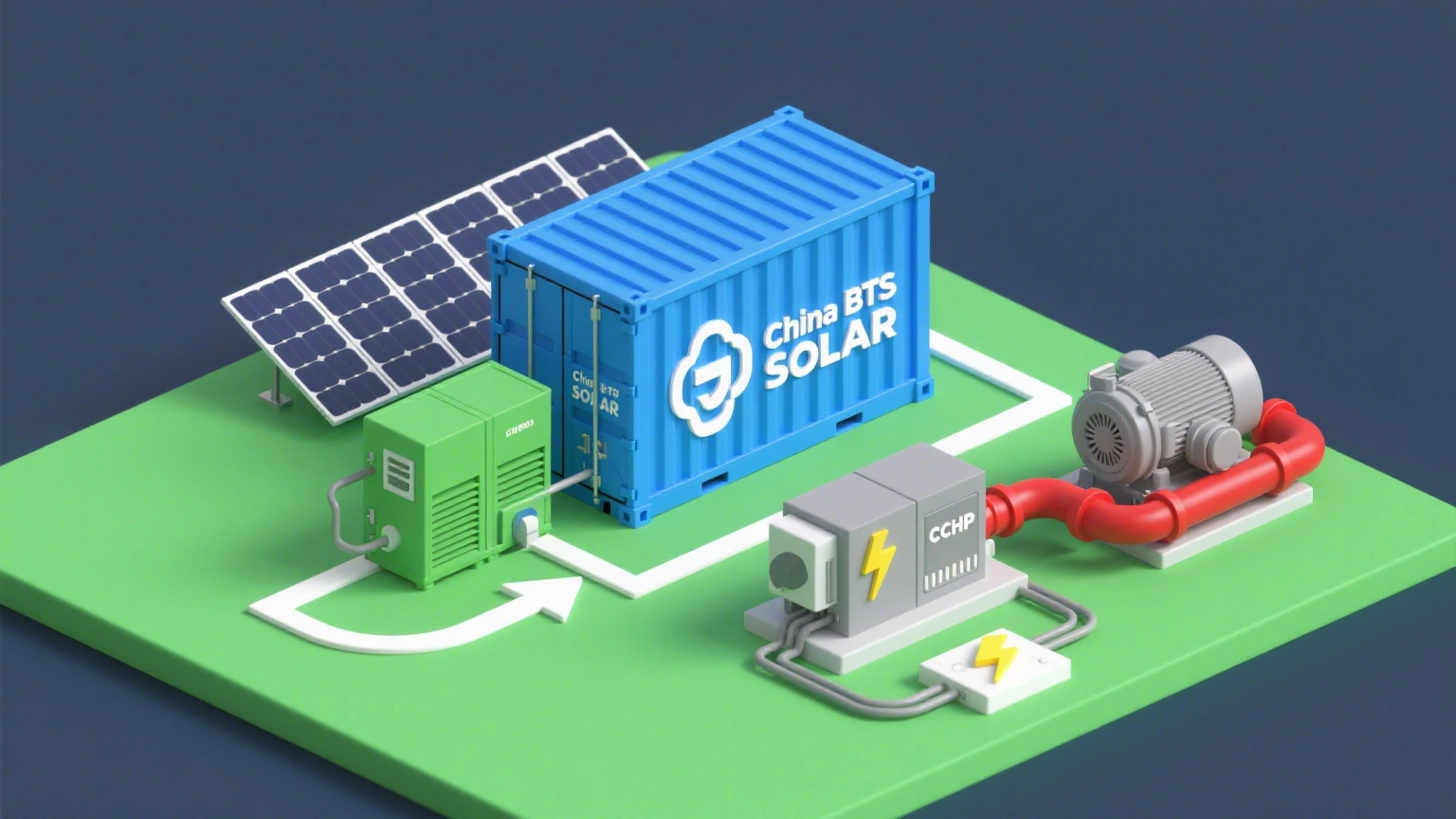
- Comprehensive Warranty: Covering both defects and guaranteed capacity retention (e.g., 70% at 10 years).
- 24/7 Remote Monitoring & Support: Proactive issue detection and rapid technical assistance.
- Localized Service: Access to trained technicians for maintenance and repairs.
Conclusion: The Strategic Imperative for Modern Buildings
China BTS SOLAR – Grid Peak Shaving Energy Storage represents more than just a battery; it’s a sophisticated grid-interactive energy asset. When integrated with efficient thermal systems like CCHP and renewable generation, it delivers a powerful trifecta: significant cost savings through peak demand reduction, enhanced sustainability via lowered carbon emissions and support for certifications, and improved resilience. The proven success of projects like the Chicago retrofit underscores its viability and growing necessity.
As demand charges rise, carbon regulations tighten, and grid reliability concerns grow, deploying intelligent, scalable Grid Peak Shaving Energy Storage is a strategic investment for any forward-thinking commercial building owner or operator aiming for operational efficiency and environmental leadership.
Ready to explore how Grid Peak Shaving Energy Storage can transform your building’s energy profile and bottom line? Benchmark your potential savings and resilience gains with solutions like those pioneered by HighJoule. Explore HighJoule’s Advanced Commercial BESS Solutions.
Find Your Solar + Battery Storage Specialist Now!
* Fill out this form and our experts will help you find the perfect solar storage solution for your home or business.





